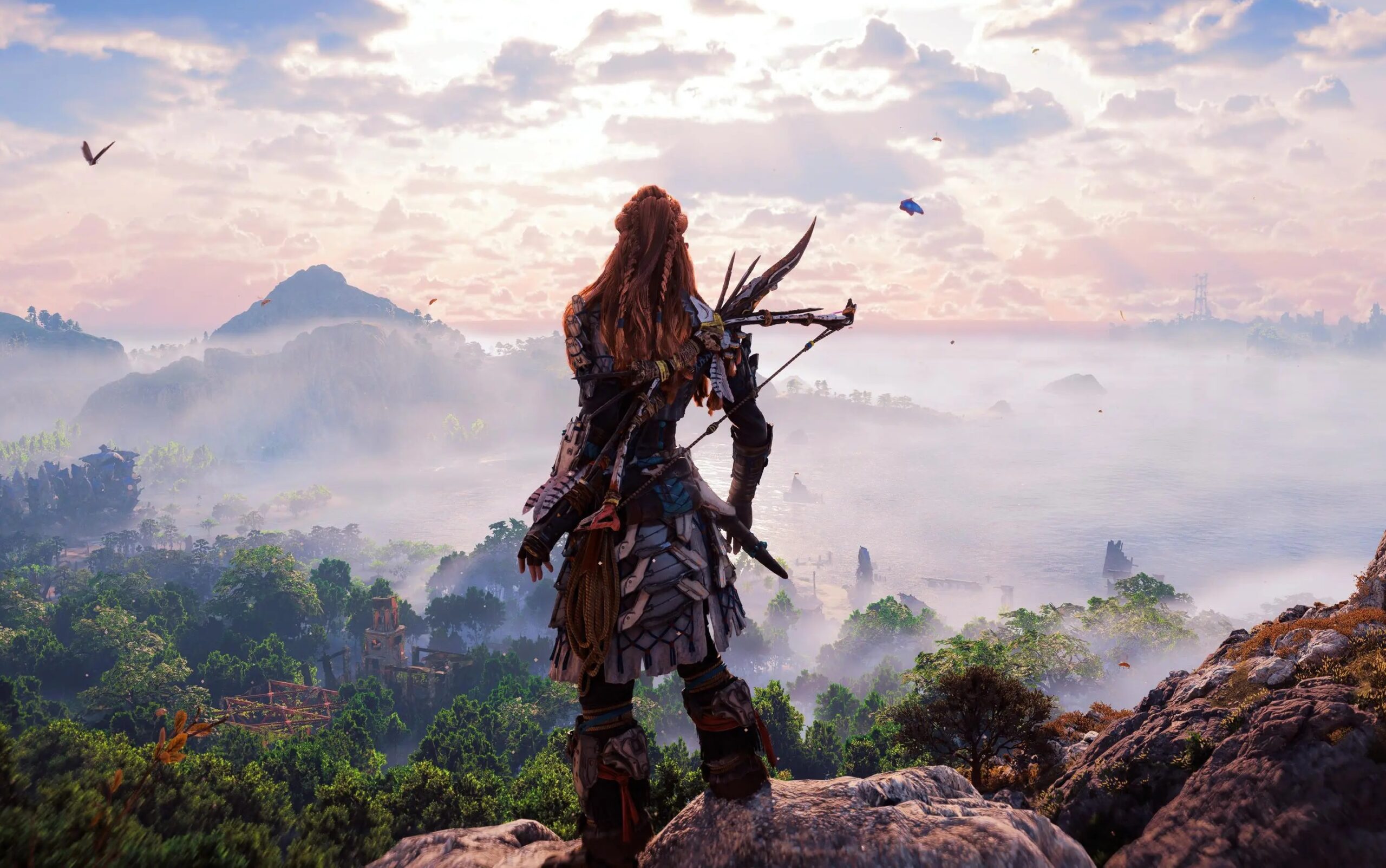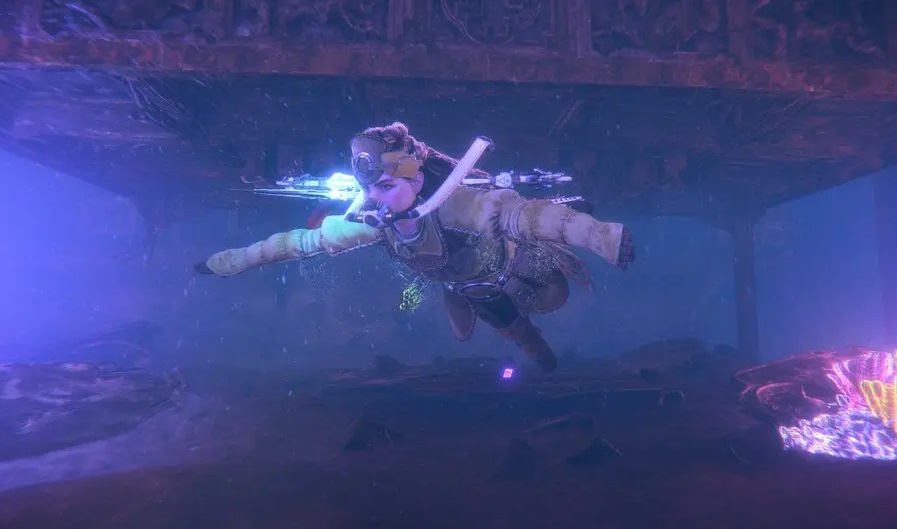Horizon: Forbidden West PC Performance Review and Optimisation Guide
Conclusion
Horizon Forbidden West is another solid PC port from Nixxes
Horizon: Zero Dawn has a lot of issues on PC when it launched, and thankfully, its sequel hasn’t been plagued with the same issues. Nixxes have done a great job with Forbidden West. While the game had a performance bug for wireless DualSense users, this was quickly fixed with a HotFix update.
Horizon: Forbidden West runs well on PC, though it is a lot more demanding than its predecessor. That’s what we get with the game’s series’ to PlayStation 5, and with that comes a lot of visual upgrades.
VRAM-wise, we will note that users of 6GB and 8GB GPUs may have performance issues when this game’s highest texture settings are used. Cutscenes with camera cuts and fast movements will see framerates spike, but thankfully lower texture settings mitigate this issue. Users of GPUs with 8GB of VRAM need to make sure that texture settings are set appropriately. If you do that, you will not run into VRAM related issues.
One strange characteristic of this game’s graphical settings is its Texture filtering settings. Modern PC GPUs can run texture filtering at 16x Anisotropic with minimal performance downsides. With this in mind, it is strange that this game uses lower texture filtering settings in all graphical presets. Nixxes could be more aggressive here, and this game would look better for it.
CPU-wise, Horizon: Forbidden West can run on even the most potato of PC processors. We had to disable all but four P-cores on our i9-13900K to see any notable performance drops, and the game still maintained framerates far above 60 FPS. This game also didn’t benefit from DDR5 memory speed changes. Horizon: Forbidden West is a GPU-limited game, and we expect practically no PC gamers to run into CPU related performance issues.
Why no FSR 3 support?
Upscaler support is a critical feature of Horizon Forbidden West, making it strange that this game has launched without FSR 3. While an FSR 3 patch is coming, it is strange that this feature is not available at launch. Is this because Nvidia are heavily marketing this game and its DLSS 3 Frame Generation support? Who knows. It’s a shame that PC hardware vendors are seemingly this petty with their sponsored titles. After all, I would love to see Avatar Frontiers of Pandora to support DLSS 3 Frame Generation alongside FSR 3. The same principle applies here, albeit reversed.
Stranger still is the fact that Nixxes appears to be working with AMD on their improved FSR 3.1 upscaler. This makes FSR 3’s omission from Forbidden West all the more confusing.
Another great PC release from PlayStation
Overall, their is little that we can fault with this PC release. The game runs well across a wide range of systems, and it has strong support for upscalers and variable resolutions. This makes it relatively easy to gamers to hit specific framerate targets on appropriate hardware, giving them a solid gaming experience. This is especially true for gamers with VRR compatible monitors.
If you hate the idea of upscaling using FSR, XeSS or DLSS, Horizon Forbidden West is a very demanding game, especially at 4K. This game does not feature ray tracing, but games don’t need ray tracing to be intensive on hardware. This game is a demanding title, but the right graphical settings can deliver huge performance boosts. Let’s just hope that FSR 3.0 (or better yet FSR 3.1) update arrives soon.
You can join the discussion on Horizon: Forbidden West’s PC version on the OC3D Forums.





